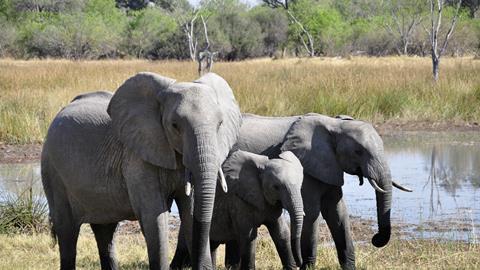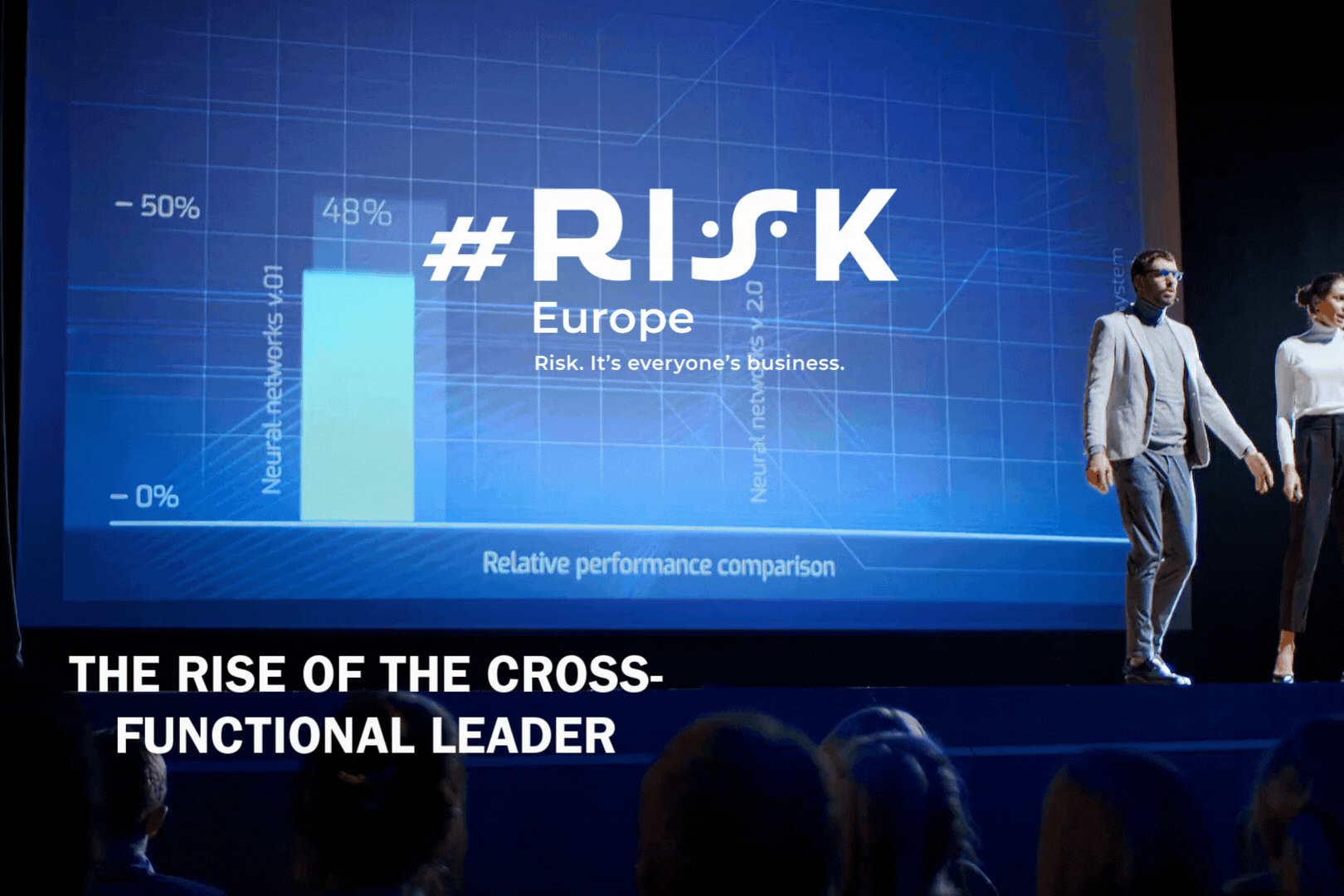Erik Stretz outlines what Europe’s banks must do to help fight the illicit trade of wildlife
What role can a bank in London play in protecting a herd of elephants in Botswana’s Okavango Delta? While the connection may seem tenuous, the tools banks have to protect their customers and monitor for financial fraud can be used to fight the illicit wildlife animal trade – and they need to put them to use.
Although the market pales compared to the vast sums moved in the drug space, it’s still the fourth most lucrative crime, valued at approximately $27m per year. Millions of dollars are made at the cost of our natural environment and the economical longevity of the affected countries and regions.
There is no questioning the global scale of this problem. Most news articles detail poaching in Africa and Asia and how wildlife is sold in East-Asia, but Europe and the US both play major roles in the operation.
Glass eels are smuggled out of the US for millions of dollars every year, the European fashion industry accounts for 96% of the trade in python skins, and the continent is also an active transition point between Asia and Africa.
The security measures banks have in place can stop all of this and it is an obligation they must adopt. The responsibilities that financial services have to detect and fight money laundering also apply to illegal wildlife trafficking (IWT).
AI models can uncover the relevant behaviours – including identifying outlier behaviour never seen before. For example, by using more spatial and temporal data, machine learning models can help find local park rangers or policemen accepting bribes more easily.
The responsibilities that financial services have to detect and fight money laundering also apply to illegal wildlife trafficking
They may identify unusual spending behaviour coupled with the vicinity to high-risk areas for IWT. Alternative payment providers such as mobile money companies might be able to incorporate geodata from cell phones to uncover suspicious behaviour.
Banks should familiarise themselves with the following information:
- Wildlife trafficking can be described around 3 phases: source, transit, and destination. While China is the largest receiver of wildlife items, Cambodia, Indonesia, Singapore, and Hong Kong are key receivers as well.
- IWT risk must be part of a bank’s risk framework and their AML risk assessment, e.g., by adding high-risk sources (Africa, South America), transit (EU), and destination countries (see above). Additionally, other high-risk industries to consider include medicine goods companies and leather goods companies but also general trading companies. Keeping an eye out to ensure transactions types match profiles is a good first step.
- Shell or front companies are often used to ship wildlife or launder the proceeds. Customer due diligence to identify shell companies should also cover IWT though the same challenges often apply — just like other items like counterfeit goods, wildlife trade Items are sold under wrong goods description like food, plants, or medicals.
- Wildlife trafficking red flags have been identified and summarised based on available information (see page 60 of the FATF report on IWF). Work is underway to enhance these, particularly via the United for Wildlife’s Financial Taskforce, and FATF encourages more investigations. For example, check for increased volume of wire transfers from/to the source, transit and destination countries in combination with the high-risk industries, and also if the volume of the payment is not in relation with the type of business, e. g., schools, academies, game parks.
Erik Stretz, Principal Consultant – Business Development, FICO
Register for free to receive the latest FinCrime news and analysis straight to your inbox












No comments yet